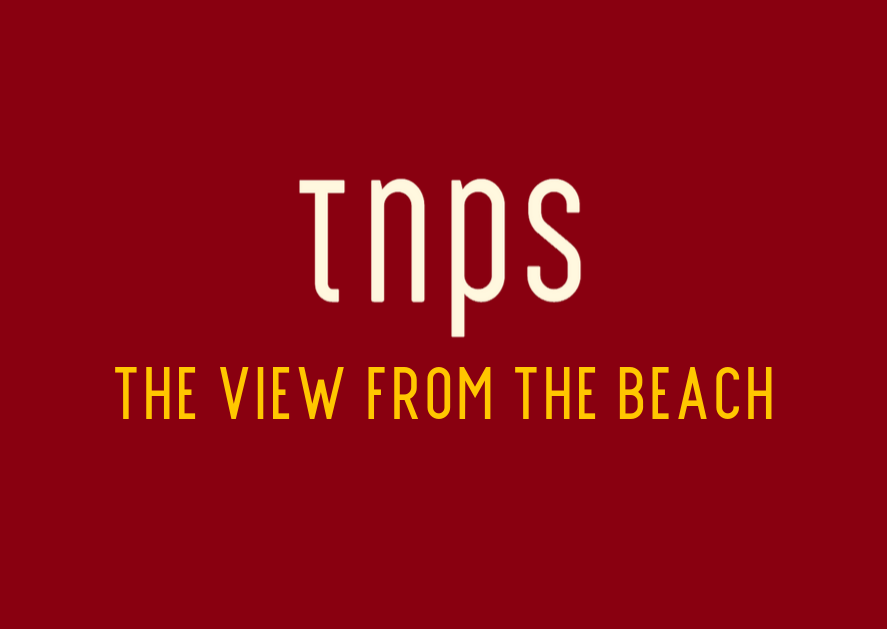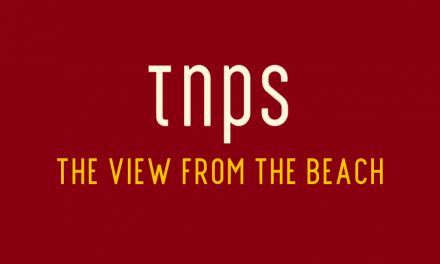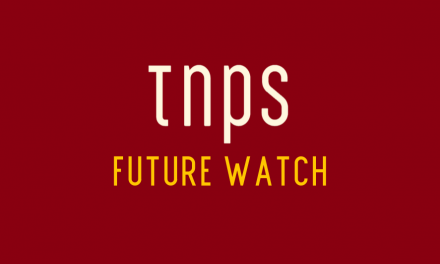A 2016 legal argument that copyright can only exist if something is created by a human, based on a monkey picking up a camera (no training involved) is a nonsensical basis on which to deny AI the capacity to create copyrighted material.
Who owns the copyright on a book written by artificial intelligence? There are no clear answers here, because of course there are no clear definitions. We are in uncharted legal waters.
But a post today over at Aldus, by Samuele Cafasso and Renato Esposito, titled “Who owns the copyright on a book written by artificial intelligence?”, deals with some of the key debating angles in a rational way not often seen in such debate, and so well worth the read just for that.
But one angle not covered here, is how humans learn to hone their creative abilities, and that is something we need to talk about because it goes to the heart of the AI debate.
At school, teachers routinely copy texts from a book to a board and students copy what the teacher has copied. This is one of the key processes in learning as used by most factory-model schools globally. As we go through college, university or whatever path we have chosen, we continue to learn by reading, observing, simulating and reworking information and concepts that are already out there in one form or another. Does that mean we are breaching copyright each time? Clearly not.
Everything except the quotes in this post you are now reading was written by me and can be considered original content to which I own the copyright, in that I am sat at the laptop typing the words. But not a single word is one I personally created, and I’m sure if we search long enough we will find every sentence has been used by someone else, somewhere else in some context or other at one time or another. Yet I am automatically granted copyright of the words as I place them in the order I place them simply because, it now seems, I am human and not a macaque monkey (you’ll need to read the linked post to understand the reference).
The fact that my output on this and every occasion is the accumulation of decades of reading, learning and data mining counts for nothing in the copyright stakes. And yes, much of that reading and learning will have been copyright, and no, much of that was never paid for by me. In my less-lucrative years I’d (quite legally) buy all my books from second-hand shops where not a penny went to the original author or publisher and no permission was given by those authors and publishers.
But is this not how all authors learn their trade? We only knew we wanted to be an author at all because we were excited by our reading experiences. Show me the author who has never read. S/he does not exist.
On the contrary, pretty much any book ever written about the writing process will tell prospective authors to read, read, read. Stephen King’s book “On Writing” tells us a writer “must do two things above all others: read a lot and write a lot.” We read, states King, “to experience the mediocre and the outright rotten” because “such experience helps us to recognize those things when they begin to creep into our own work (and) in order to measure ourselves against the good and the great, to get a sense of all that can be done.”
Art students will likewise be encouraged to copy and copy and copy again more accomplished works of art to learn to master the different styles and to thereby develop their own creativity.
Nothing new here, either. This from Italian Renaissance Resources:
“Pupils began with menial tasks such as preparing panels and grinding pigments. They then learned to draw, first by copying drawings made by their masters or other artists. Young artists also learned from copying celebrated works that could be seen in their own cities—Michelangelo, for example, copied paintings by Giotto in Florence’s church of Santa Croce—and they were encouraged to travel if they could, to Rome especially, to continue their visual education. When masters obtained important commissions in distant cities, assistants who accompanied them gained practical experience and exposure to new influences.“
The article continues;
“The master might paint only the central figures or simply the faces in a work—or he might not paint any of it at all. Students were trained to work in the master’s style and succeeded to such a degree that it is sometimes hard for today’s art historians to distinguish the hand of a master from that of his most talented pupils. Attributions of some paintings from the studio of Verrocchio, for example, have gone back and forth between the master and various assistants. The same confusion applies to works of Perugino (one of Verrocchio’s students) and his young assistant Raphael, and those of Giovanni Bellini’s students Giorgione and Titian.“
Learning and training by emulation is as old as the arts themselves.
Nothing, of course, of which can justify plagiarism and IP theft, but we need better clarification of what IP theft means than simply arguing AI used readily available content to train on. (This very different from where elements are being directly copied or where clear instructions were in place preventing AI training or mining. Here the law already exists and needs no update. IP theft is IP theft.).
The cases currently heading for Courts may or may not have legal substance – that is for those trained in the law to decide, and for a Judge and perhaps Jury to rule on – but we need to be clear what exactly we are complaining about, and whether the law courts are the right place to define the rules.
AI scares us not so much because of what it can do – for now at least it cannot match the more accomplished human rival in most arenas – but because of the speed at which it does what it does, and that it is often so close to acceptable human-produced quality. And that in the not too distance it may well leave the less proficient human creatives behind.
That may – and clearly does – bother us, but such concerns cannot alone be allowed to hold back progress. We drive cars rather than travel by horse and carriage for a reason. We use laptops rather than typewriters to type our manuscripts for a reason. We light our homes with electricity rather than candles for a reason.
As i said back in January, “Industries and technologies do not exist to provide employment. Industries and technologies exist to satisfy demand.”

AI is simply the next technological revolution, for which we are ill-prepared and which will present challenges as well as opportunities.
AI copyright definition will be one of those challenges. But a 2016 legal argument that copyright can only exist if something is created by a human, based on a monkey holding picking up a camera (no training involved) is a nonsensical basis on which to start that journey.




